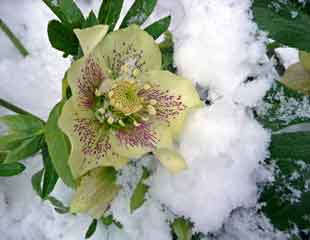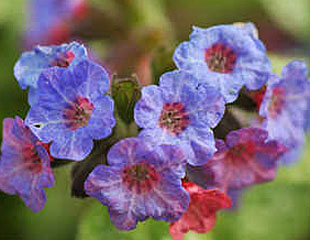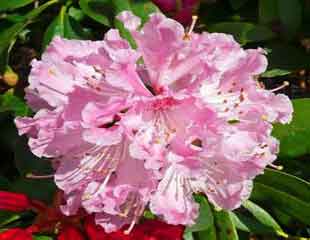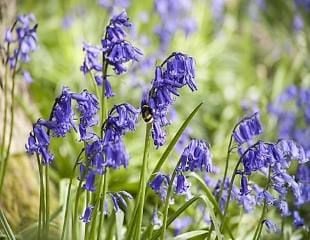

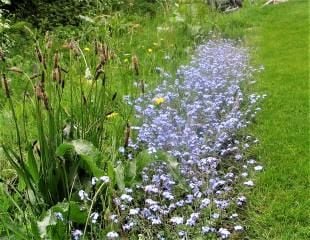
Spring flowering plants attractive to bees
There are many spring flowering plants attractive to bees which will bloom from late winter through to spring. As the bees emerge, they are looking for food. Growing these plants in your garden will help the bee population. This is true of the very early spring flowering plants, such as Pulmonaria and Hellebores, which provide food when otherwise, it is scarce. One of the best garden sounds early in February is the gentle buzz of an emerging solitary bee.
Bees are a critical part plant's growing cycle. As bees travel around the garden, they pollinate flowers by the transfer of pollen from the male parts of a flower to the female parts of a flower of the same species, which results in fertilisation of plant ovaries and the production of seeds. The best and busiest of pollinators are bees, and so they are very important.
In the images above are Bluebells, (left) which look lovely in a natural setting. These are English bluebells Hyacinthoides non-scripta as compared with the Spanish bluebells, which may look similar but are an invasive non-native species. (For information on how to tell the difference, and how to grow Bluebells.)
Centre image is a Hellebore and far right, the familiar forget-me-not, latin name Myosotis. All of these plants are easy to grow, in the case of forget-me-nots, too easy as they are prolific self seeders. It is important to thin them out, which is easily done, but they need to be checked.
Other spring flowering plants high on the bees' hit lists are:
Hellebores flowering from December until spring a good source of early nectar
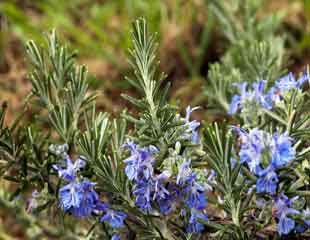
Rosemary flowers maybe small but they are attractive to the bees
Pulmonaria are very early flowering, ideal for the emerging solitary bees.
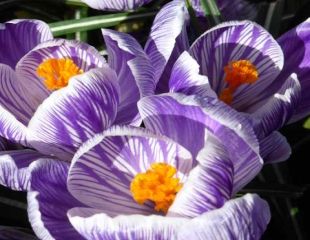
Crocus an Early spring flowering bulb
Many Viburnums flower early in the year and have scented flowers
Rhododendrons are an early flowering source of nectar for the bees

Primula Veris, our native primrose, is early spring flowering and ideal for emerging bees. It likes dappled shade and soil which is not too dry.

A great early flowering combination of snowdrops and aconites both flowering through January and February. Another woodland plant which likes semi shade conditions

